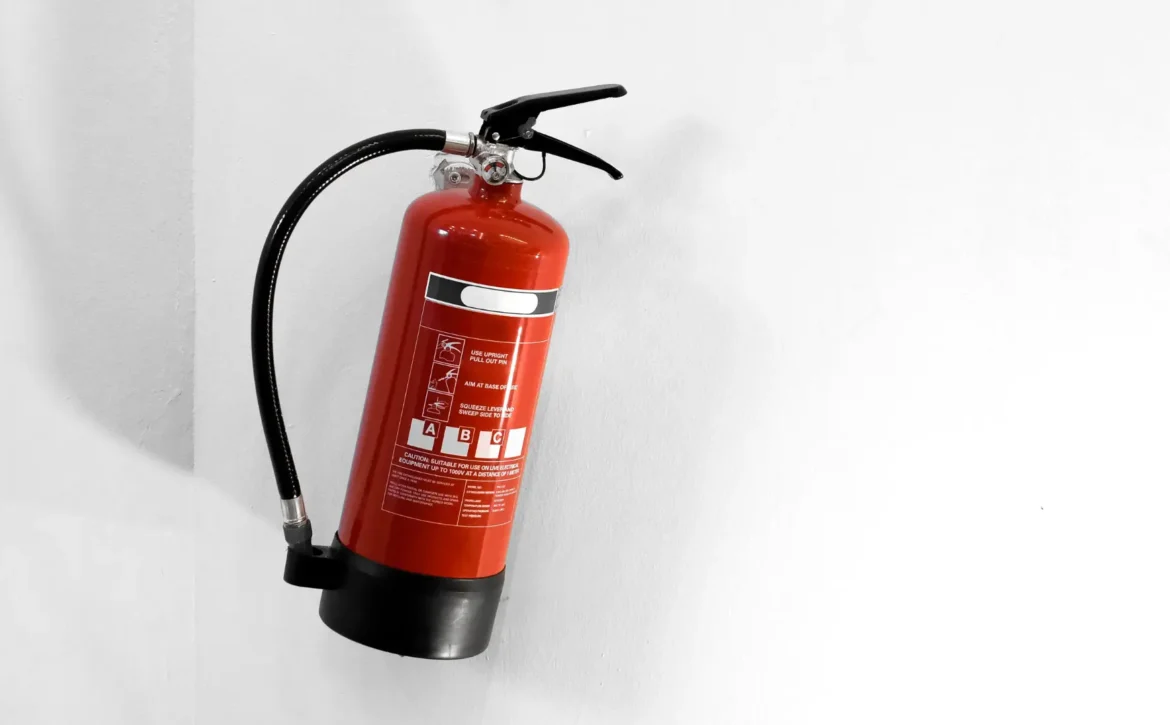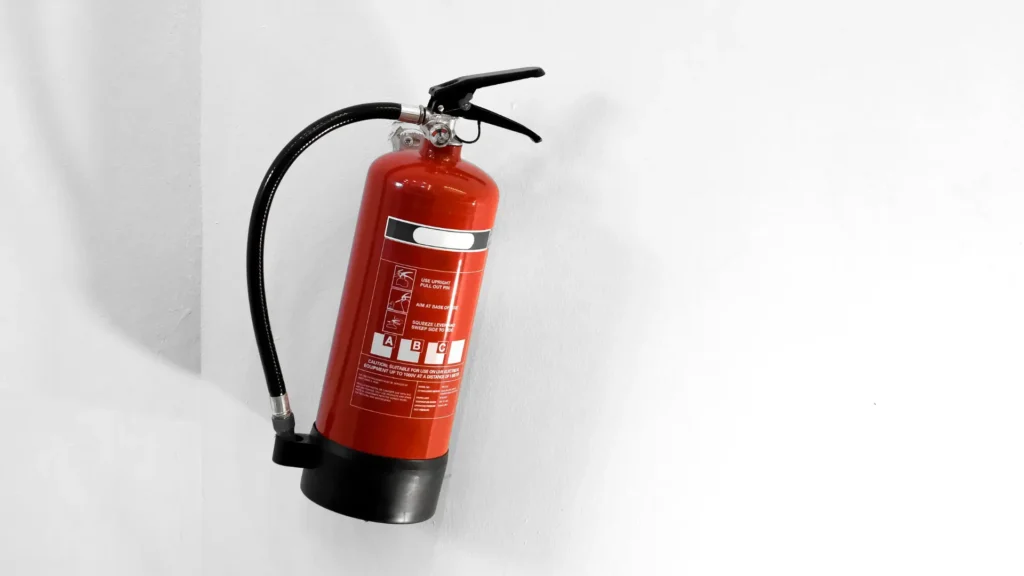10 Effective Steps to Heal from Childhood Sexual Abuse Trauma

Overcoming the Impact of Childhood Sexual Abuse Trauma: Steps Toward Healing
Overcoming the impact of childhood sexual abuse trauma is a deeply personal and challenging process, but healing is possible with the right support and resources. This journey involves emotional, psychological, and sometimes physical recovery, as childhood sexual abuse can leave long-lasting effects on self-esteem, relationships, and mental health. Below are steps and strategies that can help survivors heal from this trauma:
1. Seek Professional Help for
- Therapy: Engaging with a therapist who specialises in trauma or sexual abuse recovery can be a key part of healing. Approaches like trauma-focused cognitive-behavioral therapy (TF-CBT), eye movement desensitisation and reprocessing (EMDR), or psychodynamic therapy can help process the trauma.
- TF-CBT helps reframe harmful thought patterns and manage distressing emotions.
- EMDR helps the brain process traumatic memories, making them less emotionally triggering.
- Counseling: In addition to formal therapy, counseling services can provide emotional support and guidance in coping with the aftermath of trauma.
- Group Therapy: Joining a support group for survivors of childhood sexual abuse can offer a sense of community and validation. Hearing others’ stories can reduce feelings of isolation and shame.
2. Address Mental Health Issues
- Recognising Symptoms: Survivors often struggle with anxiety, depression, PTSD, or complex PTSD. Identifying these symptoms and seeking treatment can improve daily functioning and emotional well-being.
- Medication: For some, antidepressants or anti-anxiety medications prescribed by a psychiatrist can help manage overwhelming symptoms, such as panic attacks, insomnia, or severe depression.
- Mindfulness and Relaxation Techniques: Practices like mindfulness meditation, deep breathing exercises, and yoga can help calm the nervous system, reducing symptoms of anxiety and PTSD by grounding survivors in the present moment.
3. Build a Support System
- Trusted Friends and Family: Establishing a network of supportive, non-judgmental individuals can provide emotional stability and help you feel less alone. Talking to people who care about you can ease feelings of isolation.
- Support Groups: Consider joining a support group for survivors of sexual abuse, either in-person or online. These communities provide understanding, shared experiences, and validation, helping reduce feelings of shame and guilt.
- Hotlines and Crisis Centers: Many organisations, such as Rape Crisis or Childline, offer confidential support via phone or chat. These services can be a lifeline when immediate help is needed.
4. Work on Self-Esteem and Self-Compassion
- Challenge Negative Beliefs: Childhood sexual abuse can lead to feelings of guilt, shame, or worthlessness. A crucial part of healing is learning to challenge and replace these harmful beliefs with self-compassion and acceptance. Therapy can help in reshaping these thoughts.
- Practice Self-Compassion: Engage in self-care and treat yourself with kindness. Self-compassion exercises, like speaking to yourself as you would a close friend, can help rebuild self-esteem.
- Affirmations and Journaling: Writing down positive affirmations or keeping a journal of your feelings can help you process emotions and reinforce positive self-identity.
5. Process Trauma in Stages
- Acknowledging the Abuse: Accepting that the abuse happened and allowing yourself to feel the emotions related to it is important. This might include anger, grief, sadness, or confusion. Denial or suppression can prolong the healing process.
- Grieving: Grieving the loss of innocence, safety, or childhood experiences that the abuse may have taken away is part of the healing journey. This step helps in coming to terms with what has been lost.
- Reprocessing the Trauma: Reprocessing traumatic memories through therapies like EMDR or somatic experiencing can make these memories less distressing and allow for better emotional regulation.
6. Rebuild Healthy Relationships
- Establish Boundaries: Childhood sexual abuse can affect a person’s ability to set healthy emotional or physical boundaries. Working with a therapist on boundary-setting can help you establish control and comfort in relationships.
- Heal Trust Issues: Trust is often shattered after abuse, and rebuilding it can take time. Work on trusting yourself first and then gradually others. Start by identifying safe, supportive relationships where trust can grow.
- Navigating Intimacy: For survivors, sexual intimacy can trigger feelings of fear, guilt, or shame. Working on intimacy at your own pace, in a safe and supportive relationship, and possibly with the guidance of a therapist or counsellor, can help reclaim control over your body and emotional connections.
7. Address Physical Trauma
- Body-Oriented Therapies: Trauma from sexual abuse is often stored in the body, leading to physical symptoms like chronic pain, tension, or dissociation. Therapies such as somatic experiencing, yoga, or massage therapy can help release tension and reconnect you with your body in a positive way.
- Mind-Body Connection: Practices like yoga, tai chi, and meditation help integrate the mind and body, aiding in the release of stored trauma and promoting a sense of safety within the body.
- Grounding Techniques: These techniques help survivors stay present and avoid dissociating when triggered by memories or emotions. Grounding exercises can include focusing on the senses (e.g., noticing sights, sounds, and smells around you) or practising deep breathing.
8. Forgive Yourself, Not the Abuser
- Let Go of Self-Blame: Many survivors wrongly blame themselves for the abuse. It’s essential to understand that the abuse was not your fault. Healing involves recognising that the responsibility lies entirely with the abuser.
- Forgiveness of Self, Not the Perpetrator: Survivors may feel pressure to forgive their abuser, but forgiveness is a personal decision. Instead, focus on forgiving yourself for any guilt or shame you might be carrying and work on freeing yourself from these emotional burdens.
9. Develop Coping Mechanisms
- Identify Triggers: Recognise what situations, people, or memories trigger negative emotions or flashbacks. Work with a therapist to develop coping mechanisms, such as grounding exercises or deep breathing, to manage these triggers.
- Healthy Outlets for Emotions: Channel difficult emotions into constructive activities, such as creative writing, art therapy, exercise, or music. These activities provide a release for complex feelings and help process emotions in a healthy way.
10. Patience and Persistence : Recovery from childhood sexual abuse
- Healing Takes Time: Recovery from childhood sexual abuse is a long-term process that doesn’t happen overnight. Be patient with yourself, and understand that healing can involve setbacks. Progress may be slow, but it is still progress.
- Celebrate Small Wins: Recognise and celebrate even small milestones in your healing process. Whether it’s confronting a difficult memory, establishing a boundary, or speaking up for yourself, these victories are important steps forward.
Conclusion:
Healing from the trauma of childhood sexual abuse requires professional support, self-compassion, and a commitment to the process. Seeking therapy, building a strong support system, and addressing mental and physical health issues are key steps toward recovery. Though the journey can be difficult, with time and persistence, survivors can reclaim their sense of self, rebuild healthy relationships, and lead fulfilling lives free from the lasting effects of trauma.












